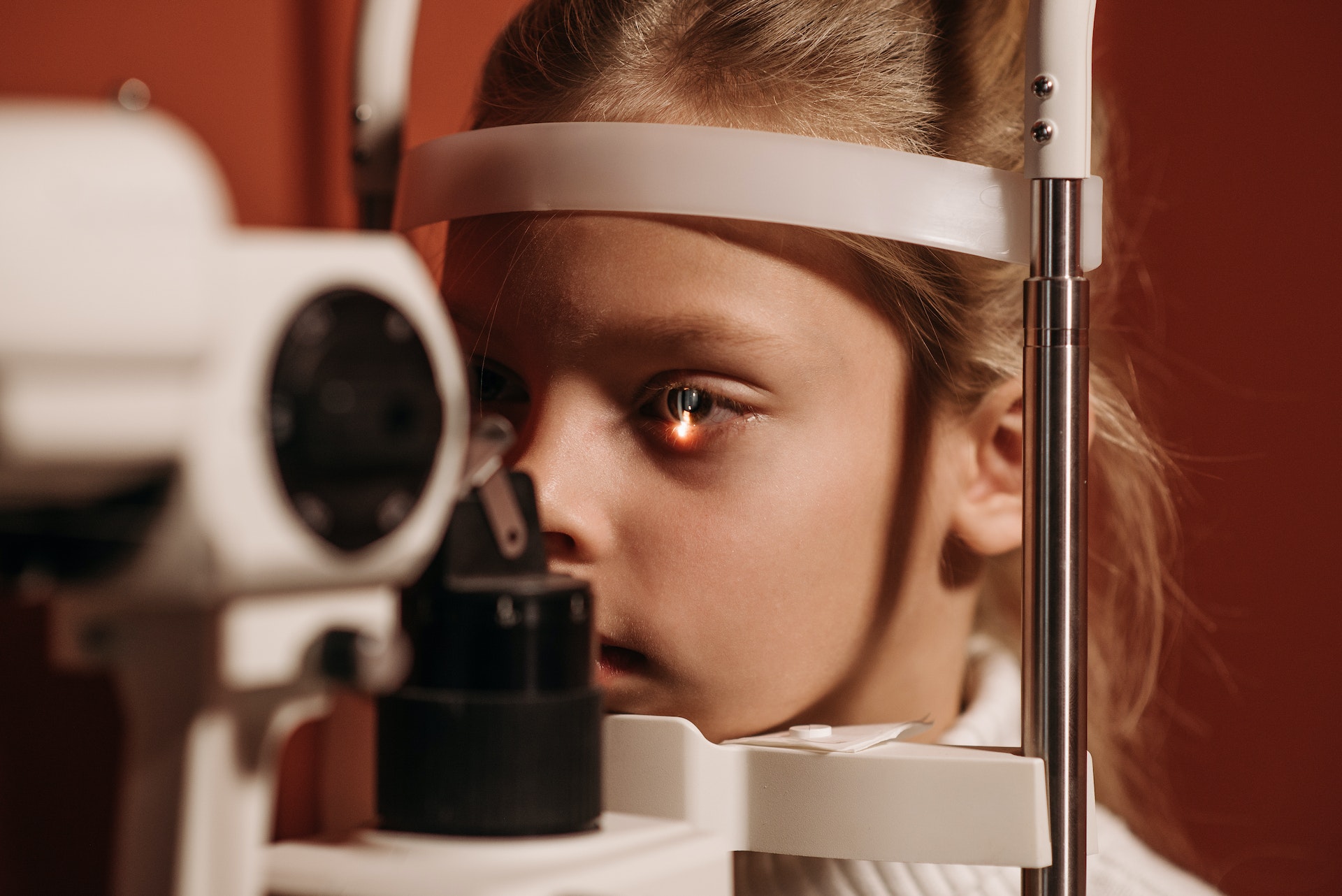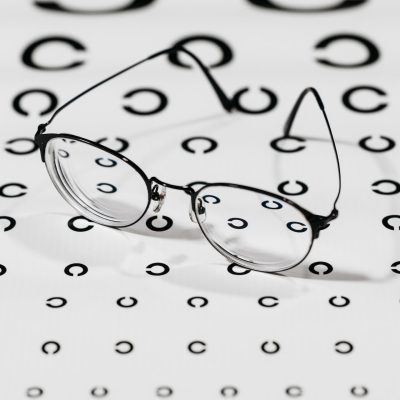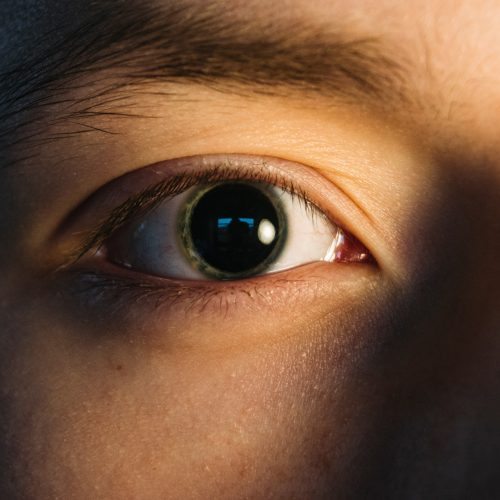
Comprehensive Eye Examination
The purpose of regular eye exams is more than simply getting new glasses or contact lenses. Many people don’t realize that the most important aspect of the eye exam is checking the health of the eyes. Some eye conditions have no obvious symptoms, especially in early stages. Even if you’re not experiencing any noticeable change in your vision, periodic comprehensive eye exams are important, because they allow for the early detection of eye diseases and other eye problems. Early detection allows for earlier treatment and a better visual outcome for most.
Our comprehensive eye health examination begins with discussing patient history, and includes a thorough evaluation of visual acuity as well as the internal and external health of the eyes. In addition, we will perform color vision assessment, depth perception testing, and establish the prescription required for the eyes as well as visual acuity with the new prescription. A dilated retinal examination allows for a larger view of the internal structures of the eye to allow for detection of changes associated with issues like diabetes, hypertension (high blood pressure), high cholesterol, glaucoma, age-related macular degeneration (AMD), and ocular tumors. We also offer ultra-wide field retinal imaging as an option for our established patients, without a previous history of ocular pathology, who prefer not to be dilated. This imaging can be performed for a nominal fee, but is only allowed, in most cases, to be performed every other year.
The doctor will ask about any eye or vision problems you have had or are currently having and about your overall health. In addition, the patient history will include when your eye or vision symptoms began, medications you are taking, surgical history, and any work-related or environmental conditions that may be affecting your vision. The doctor will also ask about family health history, as this may increase risk of certain conditions.

Visual Acuity
Visual acuity measurements evaluate how clearly each eye is seeing. Reading charts are often used to measure visual acuity. As part of the testing, you will read letters on charts at a distance and near.
The results of visual acuity testing are written as a fraction, such as 20/40. The top number in the fraction is the standard distance at which testing is done (20 feet). The bottom number is the smallest letter size you were able to read. A person with 20/40 visual acuity would have to get within 20 feet to see a letter that should be seen clearly at 40 feet. Normal distance visual acuity is 20/20.

What is Dilation?
Dilation is the process of widening the pupils, which are the black openings in the center of the colored part or iris. Pupils function to regulate the amount of light that enters the eyes. When in a dim or dark environment, the pupils will dilate, or get bigger, to catch as much light as possible. In a bright setting, the pupils will constriction, or get smaller, to block excess light from entering the eyes.
When examining the health inside the eyes, it is very difficult to see through a tiny pupil. However, the use of specific pharmaceutical eye drops temporarily dilates the pupils. So rather than examining the retina through a small, undilated keyhole, eye care providers prefer looking through a big, dilated window.
A dilated retinal examination allows for more complete viewing of the internal structures of the eye to allow for detection of changes associated with diabetes, hypertension (high blood pressure), high cholesterol, glaucoma, age-related macular degeneration (AMD), and ocular tumors. We also offer ultra-wide field retinal imaging as an option for our established patients, without a previous history of ocular pathology, who prefer not to be dilated. This imaging can be performed for a nominal fee, but is only allowed, in most cases, to be performed every other year.
Hours
- Monday - 8:40 to 12:00 / 1:10 to 5:00
- Tuesday - 8:40 to 12:00 / 1:10 to 5:00
- Wednesday - 9:00 to 7:00
- Thursday - 8:40 to 12:00 / 1:10 to 5:00
- Friday - 8:00 to 2:00
- Saturday - Closed
- Sunday - Closed